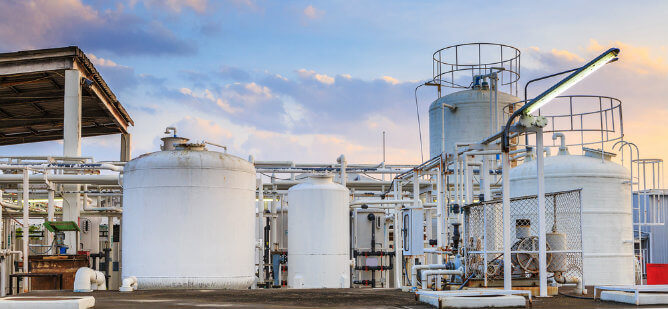Liquid Nitrogen (77 K boiling point) is one of the important cryogen in liquid state and which is used for precooling medium to produce liquid Helium and Hydrogen. Liquid Nitrogen is also used to improve the cold and cryo working of metal in metallurgical field. It is also used to cool and store the foods, tissues, blood. Cryosurgery and Cryo biology is one of the prime application areas for liquid nitrogen. Market cost of liquid nitrogen is Rs. 20 per litre.
To produce liquid Nitrogen, one need to operate Liquid Nitrogen Plant which absorbs atmospheric air and abstract gaseous Nitrogen from the air by Pressure Adsorption System (PSA). This gas is cooled in refrigeration system before going to Stirling Cryocooler where it is liquefy at 77 K temperature and is stored in Dewar vessel to keep atmospheric effect away from liquid Nitrogen.
Why cooling capacity unit of domestic refrigerator and Air Conditioner (AC) is different?
Have you ever wondered ? Why capacity of domestic refrigerator and Air Conditioner (AC) is different though both are refrigeration system? What is the basic difference between them with respect to the cooling capacity?
The capacity of domestic refrigerator is normally rated in ‘Litre’. Litre actually a unit of volume and it is also applicable to the domestic refrigerator while dealing with space to be cooled. Thus, litre capacity actually indicates the volume or space to be cooled by domestic refrigerator.

On the other hand, capacity of Air Conditioner (AC) is given by term ‘Ton’. Now, this term,
What is one Ton refrigeration?
‘Ton’ is actually a name given to amount of heat to be extracted from 1 short ton (907.18474 kg) of water at 0 degree C to convert it to ice at the same temperature in 24 hours. (Note: 1 large ton = 1016.0469 kg, 1 metric ton = Tonne = 1000 kg)
In other words, refrigeration rate required to freeze 1 ton of water to ice in 24 hours at 0 degree C.
Thus, 1 Ton of refrigeration = 1 TR = (latent heat of ice)x(amount of water)/time
= 334 x 907.18474 /(24 x 3600)
= 3.50 kW
So, both refrigeration system has different capacity term namely ‘Litre’ (Space to be cooled) & ‘Ton’ (3.5 kW) energy to be removed for cooling)
What will be the change in room temperature if door of refrigerator kept open?
Ans: NO, Rather, temperature of the room will increase over the time, not instantly.
Why?
To understand this, let us first understand the working of domestic refrigerator. It contains four different equipment namely compressor, condenser, capillary tube and evaporator and it also has refrigerant or working fluid/medium which continuously circulating through all these four different equipment to enable heat transfer and thus cooling. The refrigerant while passing through different parts, changes phase and this enable cooling in domestic refrigerator.



